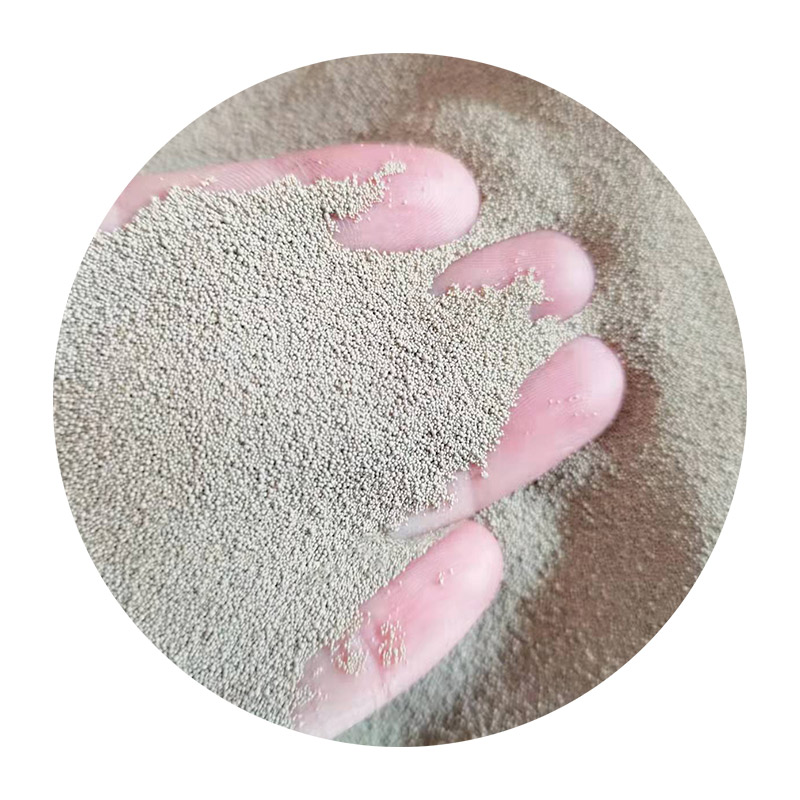Can I Sand Resin? A Comprehensive Guide
Resin crafting has become increasingly popular over the years, with many hobbyists and artists turning to epoxy and polyester resins to create stunning pieces of art, jewelry, and furniture. One of the common questions that arise in the resin crafting community is Can I sand resin? The answer is yes, but there are specific techniques, considerations, and steps to ensure the best results. In this article, we will explore the ins and outs of sanding resin, the tools you will need, and tips to achieve a smooth finish.
Understanding Resin
Before diving into the sanding process, it is essential to have a basic understanding of the types of resin commonly used. Epoxy resin is the most popular choice for crafting due to its versatility, clarity, and strong adhesion. Polyester resin, while less commonly used for art purposes, is still prevalent in various applications. Both types of resin can be sanded, but they have distinct properties that could affect the sanding process.
When to Sand Resin
Sanding should generally be done after the resin has fully cured. Curing times can vary significantly, ranging from several hours to several days, depending on the type of resin used and environmental factors such as temperature and humidity. It is crucial to verify that the resin is hard and no longer tacky before commencing the sanding process.
Tools You Need
To sand resin effectively, you will require some specific tools and materials
1. Sandpaper Use a variety of sandpaper grits for the best results. Start with a coarser grit (around 80-120) for material removal and transition to finer grits (220-400) for achieving a smooth finish.
2. Sanding Block or Power Sander A sanding block is recommended for flat surfaces to keep the pressure even. For larger projects, a power sander can save time, but be cautious not to over-sand.
3. Dust Mask and Safety Goggles Resin dust can be harmful if inhaled or if it comes into contact with your eyes, so wearing proper protective gear is essential.
can i sand resin

4. Vacuum or Air Compressor Keeping your workspace clean is vital. A vacuum or air compressor can help blow away dust and keep the surface clear.
The Sanding Process
1. Start with Coarse Grit Begin with 80-120 grit sandpaper to remove any imperfections, such as bumps, drips, or rough spots. Apply even pressure and sand in a circular motion or back and forth, depending on the shape of the piece.
2. Check Regularly Take breaks to check your progress. It’s easy to sand too much in one spot, which can create flats or dips on the surface.
3. Transition to Finer Grits Once you have achieved a relatively smooth surface with the coarse grit, switch to a finer grit (220 or higher). This step will help refine the finish and remove any scratches left from the previous sanding.
4. Wet Sanding Option For particularly delicate pieces or if you want to achieve a glass-like finish, consider wet sanding. Wet sanding involves using water to lubricate the sandpaper, which helps reduce dust and prevent overheating. It also helps in achieving a finer finish.
5. Clean Up After sanding, it’s crucial to remove all dust from the surface. Use a damp cloth or a vacuum to ensure no particles are left, which could affect any subsequent coats of resin or finishes.
Finishing Touches
After sanding, you may choose to apply a new layer of resin for a glossy finish. Alternatively, if you prefer a matte look, consider using a resin-specific sealant or finish to protect the surface. Always read and follow the manufacturer’s instructions for best results.
Conclusion
In conclusion, sanding resin is not only possible but essential for achieving a polished and professional appearance in your resin projects. By understanding the types of resin, using the appropriate tools, and following careful steps, you can sand your pieces to perfection. Whether you are refining an artistic creation or finishing a functional item, the right technique will enhance the overall quality of your work. Happy sanding!
Post time:ធ្នូ . 13, 2024 20:23
Next:how to sand cast
